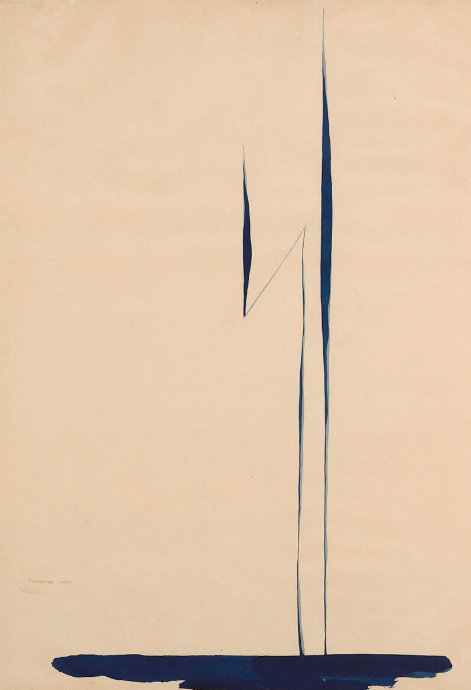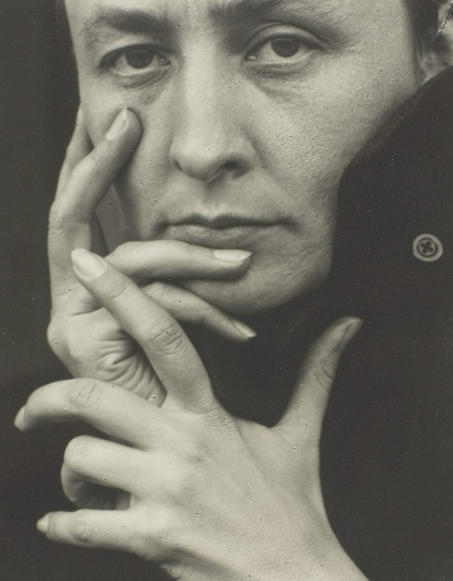22/05/2023
Georgia O’Keeffe: To See Takes Time
Georgia O’Keeffe, well known for her flower paintings, spread her art worldwide by making an extraordinary series of works with some particular materials, such as charcoal, pencil, watercolor, and pastel.
Reuniting works on paper that are often seen individually, along with key paintings, the exhibition offers a glance of the artist’s working methods and invites the public to take the proper time to observe and appreciate what has to be seen. Throghout her long career, O’Keeffe revisited and reworked the same identical subjects: developing, repeating, and transforming patterns that lie between observation and abstraction. Between 1915 and 1918, the artist made as many works on paper as she would have done during the next 40 years, producing art works progressions of bold lines, landscapes and frank nudes, as well as the abstract charcoals that she called “specials.”
Even if she turned increasingly to painting some of her best works including flowers (1930), some portraits (1940), and aerial (1950), later reaffirmed her commitment to working on paper. By drawing in this way, O’Keeffe could capture not only nature’s forms but its rhythms: "tracing the sun’s spiraling descent in vividly hued pigment, or committing to velvety black, the shifting perspective as seen from an airplane window".

For this specific reason MoMA’s current show focuses on the artist’s way of using pastel colors, charcoal and watercolours, with a few exceptions made for oil paintings on canvas that extend a paper-based series. The title comes from her catalogue text for a 1939 "Exhibition of Oil and Pastels", and suggests the organising concept: that her "serial" work creates the temporal conditions for really seeing. By emphasising procedure, materiality and small differences, this repetition of figure makes something visible, when it comes to certain kind of paintings where the subjects includes a flower, the artist had been trying: "by way of enlargement and by dignifying her own attention, not to represent the flower, but to coerce the viewer to participate in the time she spent considering it". That is to say, tha her art exhibition "Evinces a deliberate avoidance of engaging with her reception or incorporating any of her more provocative elements".





 This site uses anonymous technical cookies to ensure navigation and third-party cookies to monitor traffic and to offer additional services such as viewing videos or messaging systems. Without third-party cookies some pages may not work properly. Third-party cookies can track your activity and will only be installed by clicking on the "Accept all cookies" button. You can change your selection at any time by clicking on the "Cookie" link on each page at the bottom left. By clicking on one of the two buttons you declare that you have read the privacy policy and to accept the conditions.
This site uses anonymous technical cookies to ensure navigation and third-party cookies to monitor traffic and to offer additional services such as viewing videos or messaging systems. Without third-party cookies some pages may not work properly. Third-party cookies can track your activity and will only be installed by clicking on the "Accept all cookies" button. You can change your selection at any time by clicking on the "Cookie" link on each page at the bottom left. By clicking on one of the two buttons you declare that you have read the privacy policy and to accept the conditions.